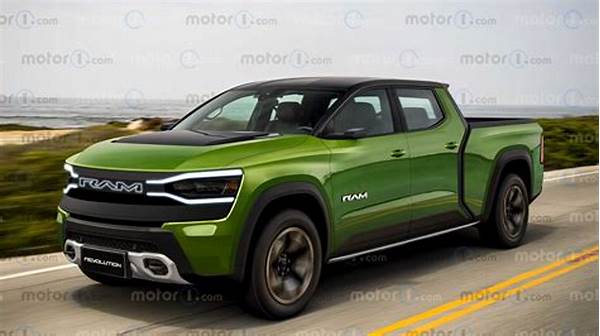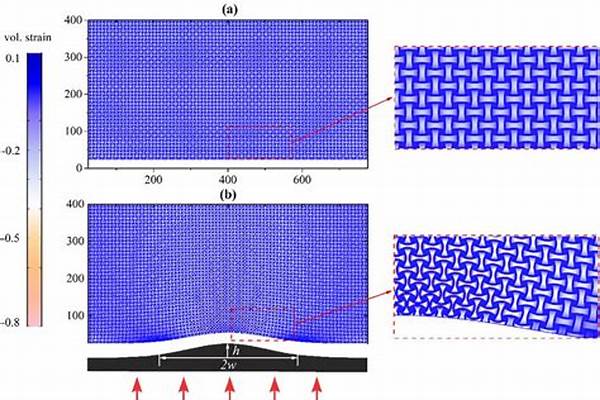Renewable Energy Integration Technology
The Rise of Renewable Energy Integration Technology
Renewable energy integration technology has become a buzzword as global awareness of environmental sustainability grows. In plain terms, it involves blending different forms of renewable energy with traditional power systems, making sure the transition to clean energy is seamless and efficient. This merging is pivotal as we shift away from fossil fuels toward greener alternatives. It’s essentially about ensuring that solar, wind, and other renewable sources contribute to the grid optimally. Without it, leveraging renewable energy fully would be nearly impossible. In the grand scheme of things, it represents a significant step toward reducing carbon footprints and fostering a more sustainable future.
Read Now : Advanced Tech In Tesla Cybertruck
In recent years, the world has seen tremendous growth in the deployment of renewable energy technologies, particularly solar and wind. The challenge now lies in integrating these variable energy sources into existing power systems. Renewable energy integration technology is key here, balancing the erratic nature of renewable energy with the stable demand and supply requirements of the power grid. Energy storage solutions, smart grids, and advanced forecasting methods play crucial roles in this integration, ensuring a reliable energy supply even when the sun isn’t shining or the wind isn’t blowing.
With such exciting developments on the horizon, renewable energy integration technology not only helps cut down on greenhouse gas emissions but also boosts energy security and independence. Many countries are jumping on this wagon to reduce their reliance on imported fossil fuels, leading to a more resilient energy infrastructure. As these technologies evolve, they also promise economic benefits by creating new jobs in research, manufacturing, and maintenance fields. Clearly, renewable energy integration technology is more than just a technical field; it’s a transformative force shaping our energy future.
Key Components of Renewable Energy Integration Technology
1. Smart Grids: Man, smart grids are the backbone of renewable energy integration technology. They let us mix and match different energy sources like a DJ mixes tracks, making sure everything flows smoothly.
2. Energy Storage: Think of this as the power bank for renewable energy integration technology. It’s all about keeping the energy when it’s popping and doling it out when needed.
3. Advanced Forecasting: This is like having a crystal ball in your pocket for predicting when renewable energies will be at their peak. Super crucial for integrating these energies into the grid.
4. Demand Response: Picture this as an invisible hand guiding electricity usage up and down based on current needs. It’s a slick move of renewable energy integration technology that helps with energy efficiency.
5. Microgrids: These bad boys allow local energy generation and consumption, making renewable energy integration technology community-centric. It’s like having a mini power plant right in the neighborhood.
Challenges and Innovations in Renewable Energy Integration Technology
Now, let’s dive into the juicy deets about renewable energy integration technology, shall we? This tech is all about finding the right groove between cool, sustainable power sources like wind and solar with the good ol’ traditional power grid. It’s like getting the band back together, ensuring all the energy jams in harmony without missing a beat. But, let’s not kid ourselves; this ain’t a walk in the park. Integrating renewable energy into the mainstream grid involves overcoming hurdles like fluctuating energy generation and unpredictable demand.
The innovation here is off the charts! With advancements in smart grid technology, energy storage, and enhanced battery solutions, renewable energy integration technology is swiftly paving the way to a greener future. These tech advancements help maintain a reliable supply by balancing the scales whenever there’s a dip in natural energy sources. It’s kinda like having an ace up your sleeve in a poker game, ensuring that the gamble pays off no matter how the cards fall.
Cool Innovations in Renewable Energy Integration Technology
The Future Vibes of Renewable Energy Integration Technology
Y’all, the future’s looking lit with renewable energy integration technology! Imagine a world where all energy is clean, green, and seamlessly intertwines with our daily hustle. This tech isn’t just about switching on a solar panel or setting up a wind turbine; it’s a whole vibe that’s reshaping how we generate, distribute, and consume energy. Cities and rural areas alike are plugging into these integration systems, creating communities that are energy-resilient and self-sufficient.
Read Now : Tesla Model Y Maintenance Tips
We’re talking about next-level stuff, like AI-driven energy management systems that could predict energy needs. Imagine chillin’ in your crib while your home AI system optimizes your energy use; that’s the power of renewable energy integration technology. As more minds join the party, innovation is blasting through the roof, making sure renewable energy becomes the mainstream energy source across the globe.
The coolest part? It’s not just about cleaning up Mother Earth but also empowering local communities to take charge of their energy future. Renewable energy integration technology is not just tech, it’s a movement. People are catching onto the fact that it doesn’t just save the environment; it also stacks up coins by slashing energy costs and driving green job growth. It’s the dawn of a new energy era, and trust me, no one wants to miss out on this electric show!
Trends Shaping Renewable Energy Integration Technology
Let’s get down to what’s poppin’ in the renewable energy integration technology scene. The trend is all about waking up the smart grids, those energy highways that mix and mingle renewable with traditional energy, keeping the juice flowing smooth like a good playlist. We’re seeing drones and AI rolling into the energy game, helping with things like maintenance and predicting energy needs like total pros.
Another dope trend is the rise of microgrids which let communities become the maestros of their own energy opera. With renewable energy integration technology, we’re talking about setting up local grids that can operate independently or sync with the big guys when needed. It’s a sleek and chic way to ensure communities aren’t left in the dark.
But hold up, there’s more! Energy storage is getting a glow-up with snazzy new battery tech that stores energy like a bank vault and releases it when the sun’s snoozin’ or the wind takes five. Plus, regulatory bods are loosening up clutch to let these advancements in renewable energy integration technology thrive.
Summary of Renewable Energy Integration Technology
So, long story short, renewable energy integration technology is shaking up the energy world in ways we couldn’t imagine a couple of decades back. It’s the bridge connecting the age-old energy systems with the tech-savvy future, ensuring that clean and green doesn’t mean compromising on efficiency or reliability. And folks, it’s all about teamwork here, with renewable sources collaborating instead of competing; it’s an energy symphony that’s music to the planet’s ears.
To wrap it up, this isn’t just a trend; it’s a revolution with renewable energy integration technology at the center of it all. By blending technology with nature’s forces, we’re moving towards an era where our energy footprint is in harmony with Mother Earth. This technology acts as the conductor of the eco-energy orchestra, ensuring we’re vibing on renewable tunes 24/7. Whether it’s saving bucks, steering clear of blackouts, or helping out Mother Earth, this tech’s got our back, paving the way for a sustainable energy future.



